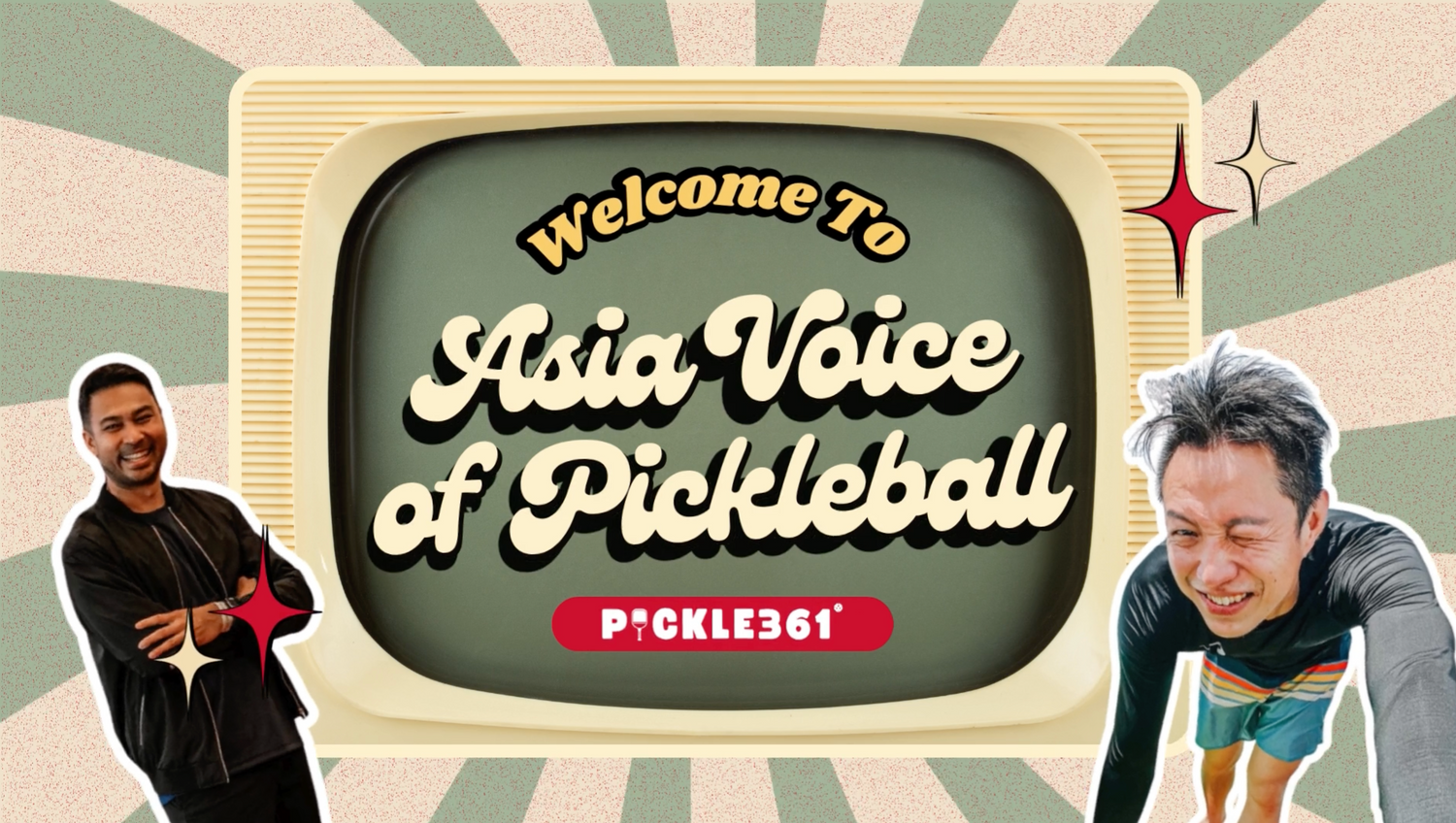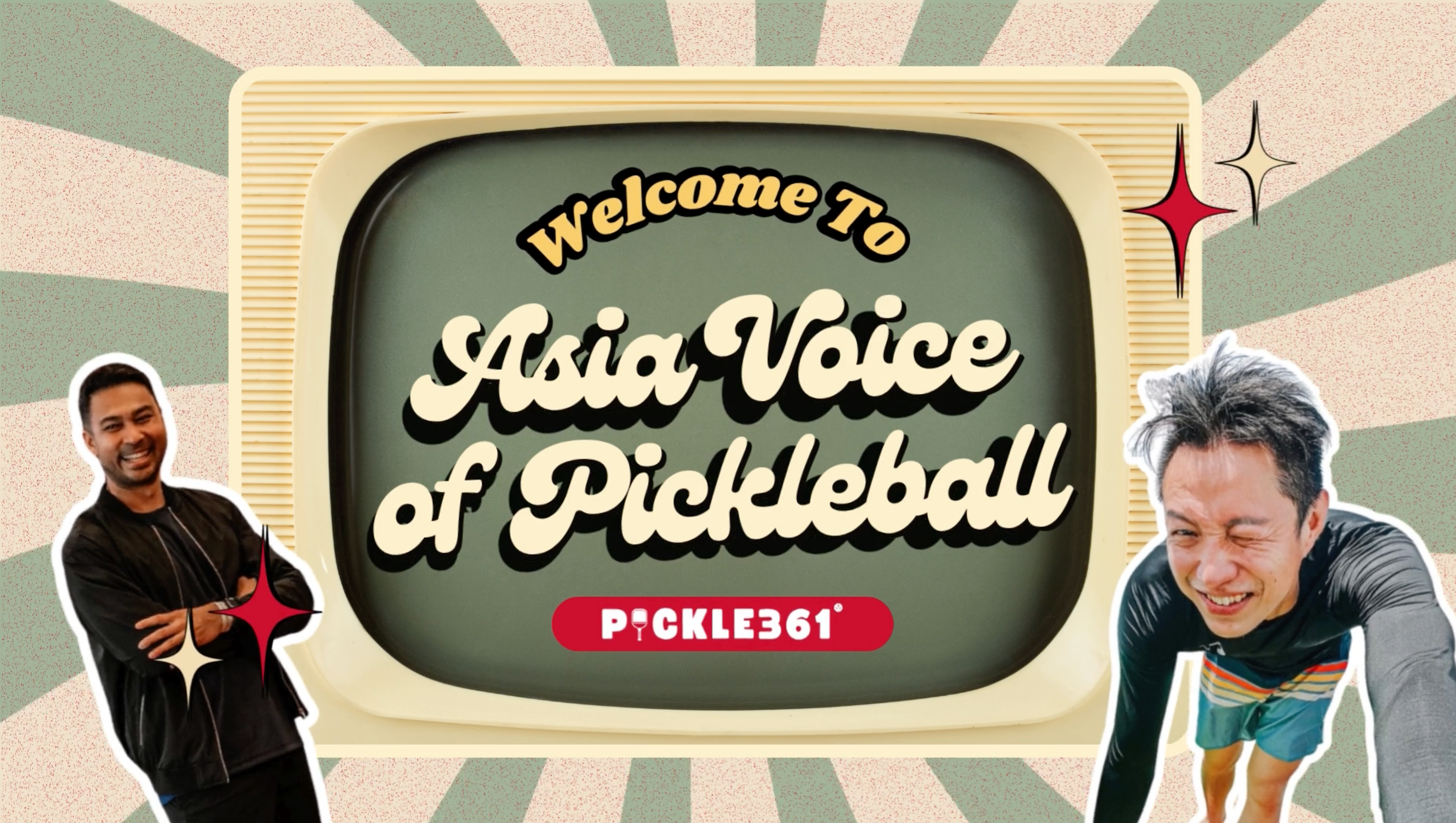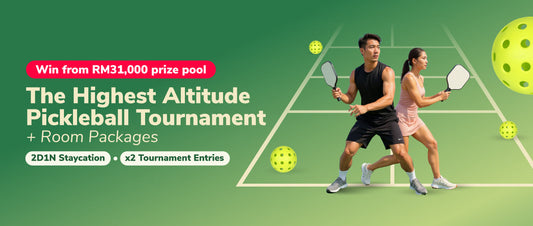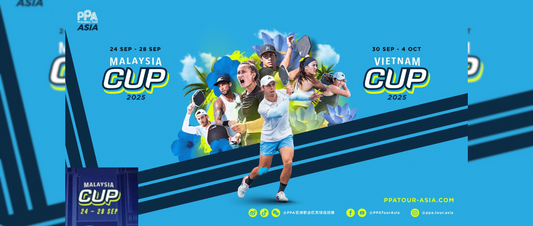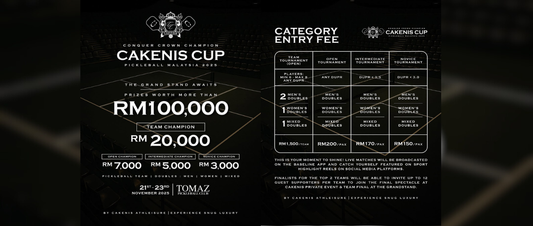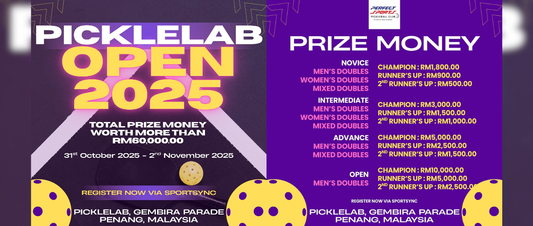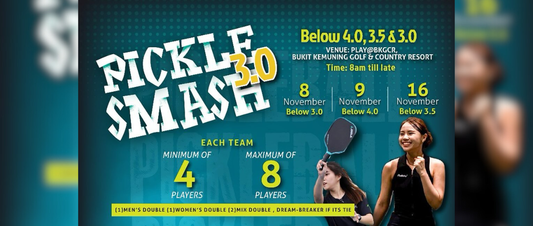
What Makes Southeast Asian and American Pickleball So Different
Jiunn LeeAs pickleball rapidly expands across continents, it’s clear that the game may be the same, but how it’s played, learned, and approached varies dramatically depending on where you are.
Nowhere is this contrast more interesting than between the United States and Southeast Asia (SEA), where each region’s sporting heritage and cultural attitudes shape a unique pickleball identity.
 Image via PPA
Image via PPA
The Roots of Style: Tennis vs. Badminton and Ping Pong
In the U.S., pickleball’s rise has been heavily influenced by tennis. Many players transition directly from the tennis court, bringing with them an arsenal of powerful groundstrokes, topspin drives, and an instinct to dominate from the baseline.
This influence can be seen in the prevalence of bangers, players who emphasize aggressive shots and power over finesse, particularly in early skill levels.
By contrast, Southeast Asia’s style is shaped more by badminton and ping pong. These sports prioritize fast reflexes, compact footwork, and a strong sense of touch all traits that translate beautifully to pickleball.
SEA players often display advanced hand speed at the kitchen and a natural inclination for soft game strategies like dinking and resets, even at lower experience levels. Precision and finesse take precedence over raw power.
A Different Kind of Motivation: Skill Development vs. Ratings Obsession
The cultural divide doesn’t end with play style, it's also reflected in what players value most.
In the U.S., the typical recreational player is focused on personal improvement. Whether through group clinics, private lessons, or structured ladder play, American players tend to invest in learning fundamentals and refining their technique. DUPR (Dynamic Universal Pickleball Rating) is present, but it often plays second fiddle to individual growth and enjoyment of the game.
In Southeast Asia, however, DUPR reigns supreme. Players and clubs alike are fixated on ratings, with structured DUPR-match sessions, rating-based entry into play groups, and a sense of status tied to one’s number.
This leads to a more tournament-like mindset, even in casual settings, where match wins may be prioritized over drilling or long-term development. Players often aim to climb the ladder quickly, sometimes at the cost of mastering the basics.
 Image via cfongraphy
Image via cfongraphy
Community Vibes: Social Growth vs. Competitive Clusters
The U.S. pickleball scene, while certainly competitive, often fosters a balanced and welcoming environment.
Many clubs blend new and experienced players, nurturing development in a more social atmosphere. There’s an emphasis on inclusivity, and recreational play is just as valued as competitive matches.
In contrast, many SEA clubs are built around smaller, tighter-knit groups where competition is front and center.
The community tends to be younger and more performance-driven. With the sport still in its early stages in the region, early adopters often have a chance to gain local fame and influence quickly - adding extra motivation to rise in rankings.
 Image via PPA
Image via PPA
What Happens When East Meets West?
Despite these differences, one thing remains constant: the love of the game. Whether it’s a U.S. player refining their third-shot drop for hours or an SEA competitor chasing a higher DUPR score with tactical precision, the passion is unmistakable.
And as pickleball continues to grow into a global sport, the most exciting moments may come when these two worlds collide.
When East meets West on the court - when tennis-inspired power meets badminton-informed finesse, the matchups are nothing short of electric.
The contrast in styles doesn’t divide the sport; it elevates it. Each region brings something valuable to the table, and together, they create a richer, more dynamic version of pickleball.
In a game that thrives on adaptability, creativity, and connection, these cultural crossovers could be the future of the sport. And we’ll all be better for it.
-
Authored by Jiunn Lee (@jiunnlee33), a dedicated pickleball enthusiast with over two decades of residence in the United States, this piece examines the contrast between American and Southeast Asian approaches to the sport. His frequent journeys between Seattle and various Asian locales provide a unique perspective for this analysis.

